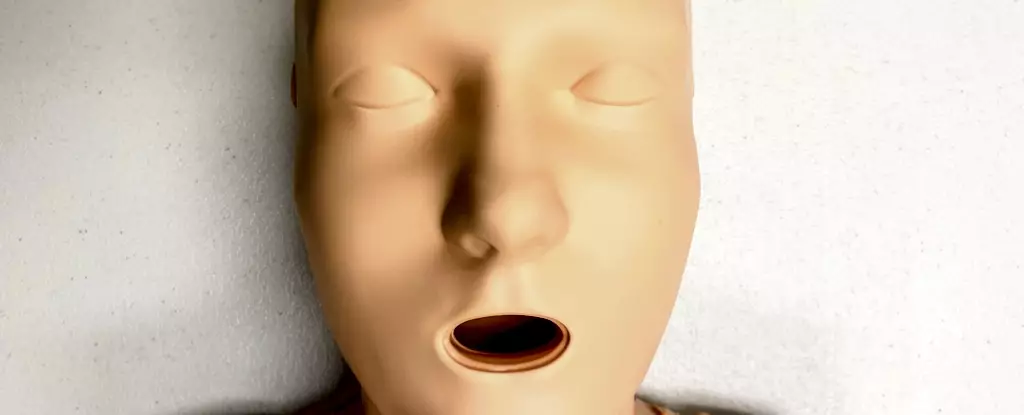Cardiopulmonary resuscitation (CPR) is a critical life-saving technique that can significantly enhance the chances of survival for individuals experiencing cardiac arrest. When someone’s heart stops beating, immediate action is necessary; every second counts. However, a troubling disparity exists in the application of this lifesaving measure, particularly when the patient is female. This article delves into the persistent gender biases in CPR response, the role of training tools, and the implications for healthcare outcomes.
Research shows that bystanders are notably less likely to perform CPR on women compared to men. A comprehensive study conducted in Australia from 2017 to 2019 analyzed over 4,000 cardiac arrest cases and found that only 65% of women received CPR from bystanders, while the figure for men reached a staggering 74%. This gap raises critical questions about the underlying attitudes and perceptions that lead to such a disparity. While anatomical differences should not influence the application of CPR, societal biases and stereotypes seem to cloud judgment at critical moments.
The physiological basis for CPR is identical across genders; the technique does not fundamentally change whether the patient has breasts or not. However, societal perceptions, fears of potential accusations, and discomfort about touching women’s bodies often discourage bystanders from responding empathetically. Unfortunately, this hesitation can have life-or-death consequences.
Implications of Inadequate Training Resources
An alarming aspect of CPR training resources is that they overwhelmingly represent male bodies. Studies indicate that over 95% of CPR training manikins are flat-chested, with many training programs utilizing these unrealistic tools. A recent survey of manikin availability identified that only 25% were marketed as “female,” and even then, a mere single figure actually featured breasts. This lack of diversity is not simply a superficial oversight; it reflects and perpetuates a cultural bias that may discourage individuals from performing CPR on women in real-life situations.
Furthermore, the underrepresentation of different body types—especially larger bodies or those of varying skin tones—compounds the issue. The dominant imagery in CPR training both impacts trainees’ perceptions and may lead to a hesitancy to act urgently in emergencies involving diverse individuals.
It’s vital to reframe how CPR training is conducted to foster a more inclusive learning environment. Training resources must evolve to feature an array of human forms, including those with breasts, varying body sizes, and different skin tones. This is essential not only for increasing awareness but also for equipping bystanders with the confidence to act when confronted with cardiac emergencies involving individuals who do not conform to a predetermined mold.
Moreover, fostering understanding around the signs of cardiac arrest is paramount. Many may remain unaware that women sometimes exhibit different symptoms compared to men. Studies suggest that women might present subtler symptoms, which could lead to misinterpretations or delays in providing necessary treatment. Therefore, educational initiatives should also focus on recognizing these diverse presentations.
The biases that prevent individuals from responding to a woman’s cardiac arrest need to be addressed with urgency. Education aimed at tackling these cultural barriers can facilitate a mindset shift in how CPR is perceived in the context of gender. Training programs should emphasize the crucial importance of acting swiftly, regardless of the gender of the individual in distress.
In practical terms, bystanders should be empowered to act confidently. The process of performing CPR, including chest compressions and the use of a defibrillator, should be thoroughly communicated to dispel fears. The truth is that in emergencies, hesitation can cost lives; therefore, understanding how to initiate CPR without unnecessary complications, such as the discomfort surrounding handling a woman’s clothing, is essential.
The disparity in CPR application based on gender underscores a pressing need to diversify CPR training resources and enrich public awareness around this critical issue. With women facing significant health risks from cardiovascular diseases, the data indicates a pressing call to action. Just as every life matters, so too does the methodology through which we prepare our society to respond to emergencies. Urgent reform in educational approaches coupled with a commitment to including diverse representations can empower all bystanders—regardless of gender—to act decisively and compassionately in moments of crisis.

Leave a Reply